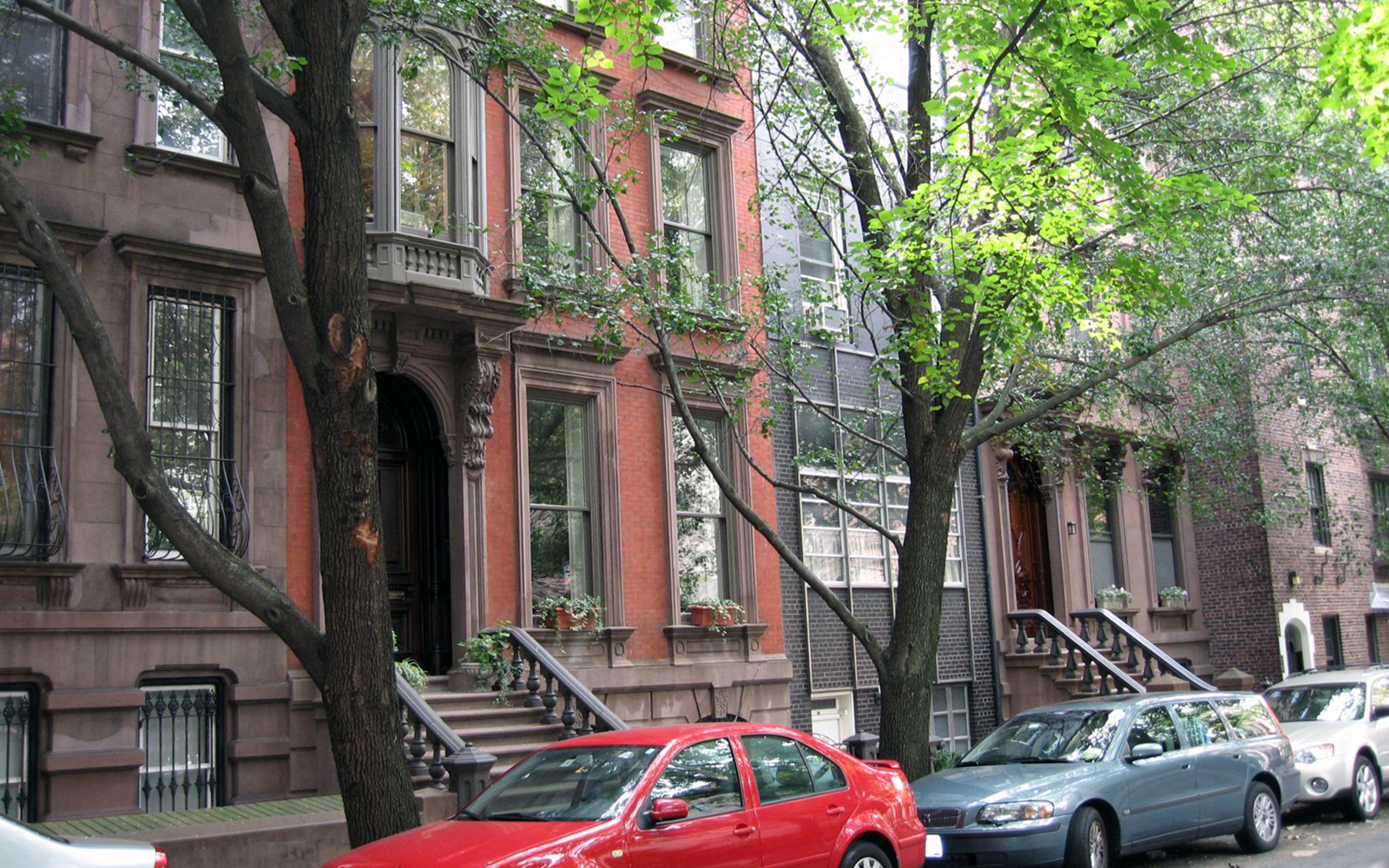
Speaking at one of New York City’s most important interpretive historic places, UConn Law Professor Sara Bronin led a virtual tour of some of the city’s famous sites, explaining how laws or court decisions changed the destinies of those properties.
Her presentation on Sept. 25, at the Tenement Museum in the Lower East Side of Manhattan, was titled “Curating Cities: How Law Changes What We See.” Bronin, who is also an architect and an expert in land use, covered historic preservation and zoning law, but also brought in issues related to real estate finance and artists’ rights.
The event, co-hosted by UConn’s schools of Law, Fine Arts and Business, included a tour of the Tenement Museum, where restored apartments depict the lives of the immigrants who lived there in the 19th and 20th centuries. Participants viewed a 325-square-foot apartment that once housed an entire family of immigrants and visited a re-created saloon run by an immigrant German family in the 1860s. About 80 alumni and other interested guests attended.
Bronin explained the criteria by which a place is designated historic and challenged the audience to think critically about the implications of that legal classification. “Places designated historic enjoy much more protection in terms of what can be done to both the place itself and the area around it,” she said. “Plenty of cases have centered around the question of whether or not a place or building should be classified as ‘historic’.”
She showed the audience photographs of places where modern and historic buildings clashed and of others where development was more successfully integrated, and she described lawsuits that had lasting effects on cities and neighborhoods.
For example, she showed the audience images of a 1970s-era proposal by Brutalist architect Marcel Breuer for a skyscraper atop Grand Central Terminal. The New York City Landmarks Commission had told the property owner that the skyscraper could not be built because it was incompatible with the landmarked Grand Central Terminal.
After the property owner appealed, the U.S. Supreme Court weighed in, rejecting the property owner’s proposal and handing down the 1978 Penn Central decision. That decision has become the bedrock of takings jurisprudence, which concerns the regulation or seizure of private property.
Bronin also talked about 5 Pointz, 2 Columbus Circle, Lincoln Center, and Roosevelt Island’s Octagon project, among others, and she highlighted her students’ work in drafting the zoning code for the City of Hartford.
In addition to serving as chair of the Planning and Zoning Commission in Hartford, Bronin is chair of the Connecticut Trust for Historic Preservation. She frequently involves her students in hands-on projects.